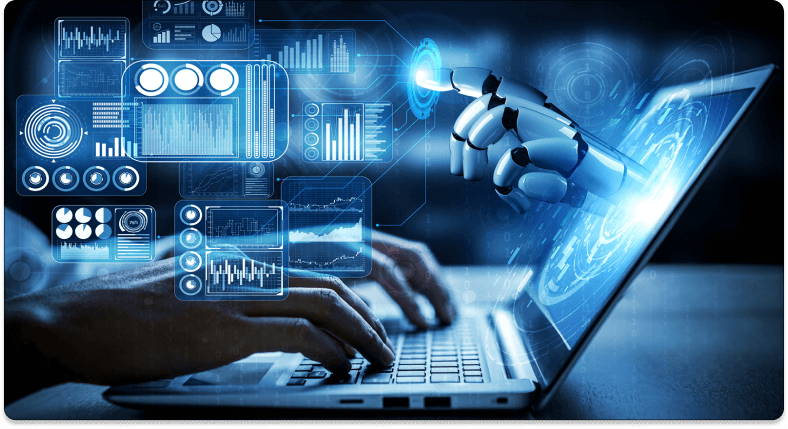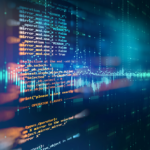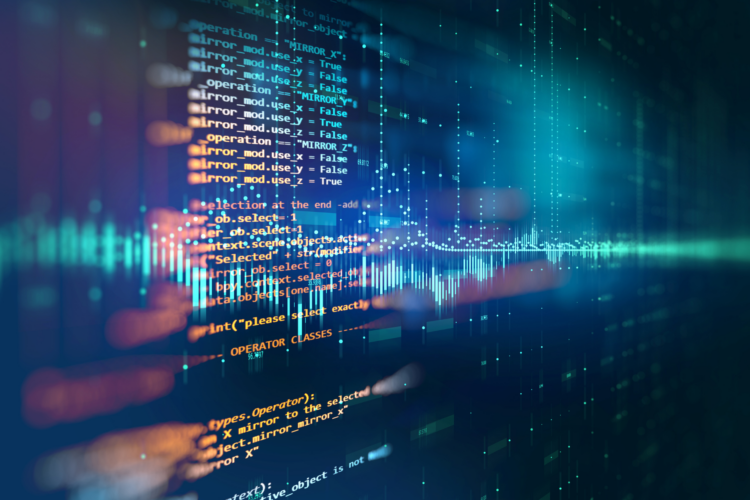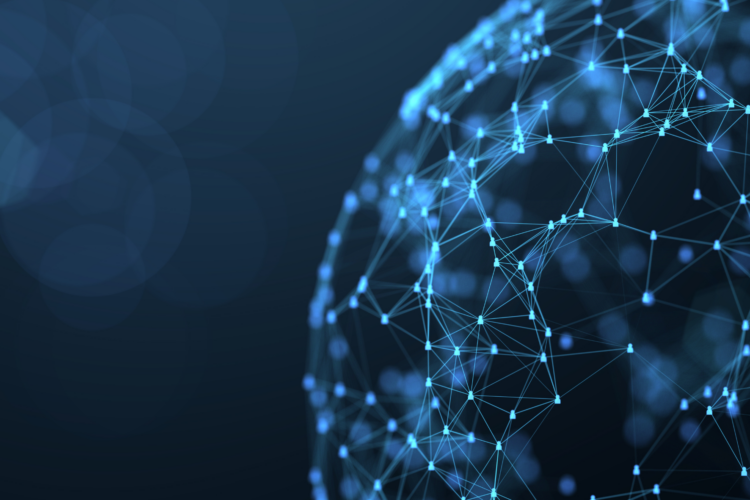From reducing costs to transforming a company’s culture, from improving productivity to increasing employee satisfaction, an effective data management strategy can have a great impact on a company’s ability to thrive in the market. For any organization aiming to enhance its competitive advantages, it is crucial to align data processing with business strategy, making better decisions at every moment by taking the best possible advantage of the power of data.
Due to their importance in the current business landscape, Data Science strategies are evolving at a fast pace. Let’s take a look at some of the trends that have been growing for a while now, and that are very likely to leave their mark during 2023 and beyond.
Data Science Trends in 2023
- AI collaborating with human sensibility
- Real-time process automation
- Databases that optimize Big Data
- TinyML
- Improve Customer Experience with Data-Driven Analysis
AI collaborating with human sensibility
Even though we used to fear the catastrophic effects of a massive adoption of AI -or, on the contrary, foresee a utopian future in which machines would liberate humankind from work-, our immediate future seems to lean toward a scenario in which human minds and intelligent machines interact, collaborate, and contribute to making each other more effective and productive.
Human-AI collaboration is opening a wide set of opportunities for companies to explore. In the past few years, the field of natural language processing has been evolving at a fast pace. This has allowed for the creation of real-time automatic reports that analyze and detect specific feelings, emotions, and intentions within texts, offering meaningful insights without the need for human intervention.
As astonishing as they can be, these models still have, of course, plenty of limitations, and this is where human intelligence and sensibility kick in, adding value through the interpretation or integration of different models. So despite their amazing intelligence, it seems like machines are stuck with us for quite a long time still.

Real-time process automation
It is no surprise that today we are experiencing a global career towards automation since its impact on productivity has been highly documented for a while. By now, it is clear that automation is bound to permeate practically every aspect of most surviving companies of the future.
Basically, process automation consists in automating, analyzing, and simplifying critical business processes. Primarily, the goal we expect to achieve through automating processes is to avoid the waste of time that comes along with repetitive tasks. Besides this aspect, as process automation allows companies a real-time visualization of data, it opens the possibility of substantially improving the quality of decision-making processes.
Databases that optimize Big Data
In a world where the ability to process data and the ability to compete in the market are so intertwined, the main challenge faced by companies, software engineers, and data scientists is not getting caught behind all the changes, updates, and novelties.
Tools such as Apache Spark, an open-source system for large-scale data processing, are leading the way in the evolution of programming languages as they adapt to keep pace with the need for processing massive amounts of data. As in-memory computing software increasingly replaces slow hard disks and relational databases, processing times substantially decrease, allowing companies to optimize their use of big data.
TinyML
The concept of “small data” has evolved as a way to quickly and cognitively process data in time-sensitive, bandwidth-constrained situations. TinyML algorithms are designed to consume minimal space and run on low-powered hardware and are expected to be widely used in embedded systems.
This technology has already seen use cases in various industries, such as building automation and drug development and is widely applied in areas such as pattern recognition, audio analytics, and human-voice-machine interfaces. Additionally, TinyML can be used for vision, motion, and gesture recognition, and is expected to bridge the gap between edge hardware and device intelligence.
Improve Customer Experience with Data-Driven Analysis
By collecting and analyzing data on customer behavior, preferences, and feedback, companies can gain a deeper understanding of their customers and tailor their products and services to better meet their needs. This approach can lead to increased customer satisfaction, loyalty, and lifetime value.
One of the key benefits of a data-driven consumer experience is the ability to personalize interactions with customers. By using data to understand individual preferences and behavior, companies can create customized experiences that are tailored to each customer’s needs. This can include personalized product recommendations, targeted marketing campaigns, and customized customer service interactions. Additionally, data-driven insights can be used to optimize processes, such as identifying and eliminating bottlenecks in the customer journey, which can lead to a more efficient and enjoyable experience for the customer.

Future Trends in Data Science and Creativity Walking Hand in Hand
Again, as important as these trends are for the future of our economy, it is also crucial to empower the human minds that are behind these transformations -namely, data engineers. Ultimately, it is their creativity and technical abilities that will allow us to move forward and keep evolving, making sense of the huge amounts of information that seem to be flooding our world at every moment.
If you enjoyed Data Science Trends 2023, keep reading our blog and our section about Software Development Services!











